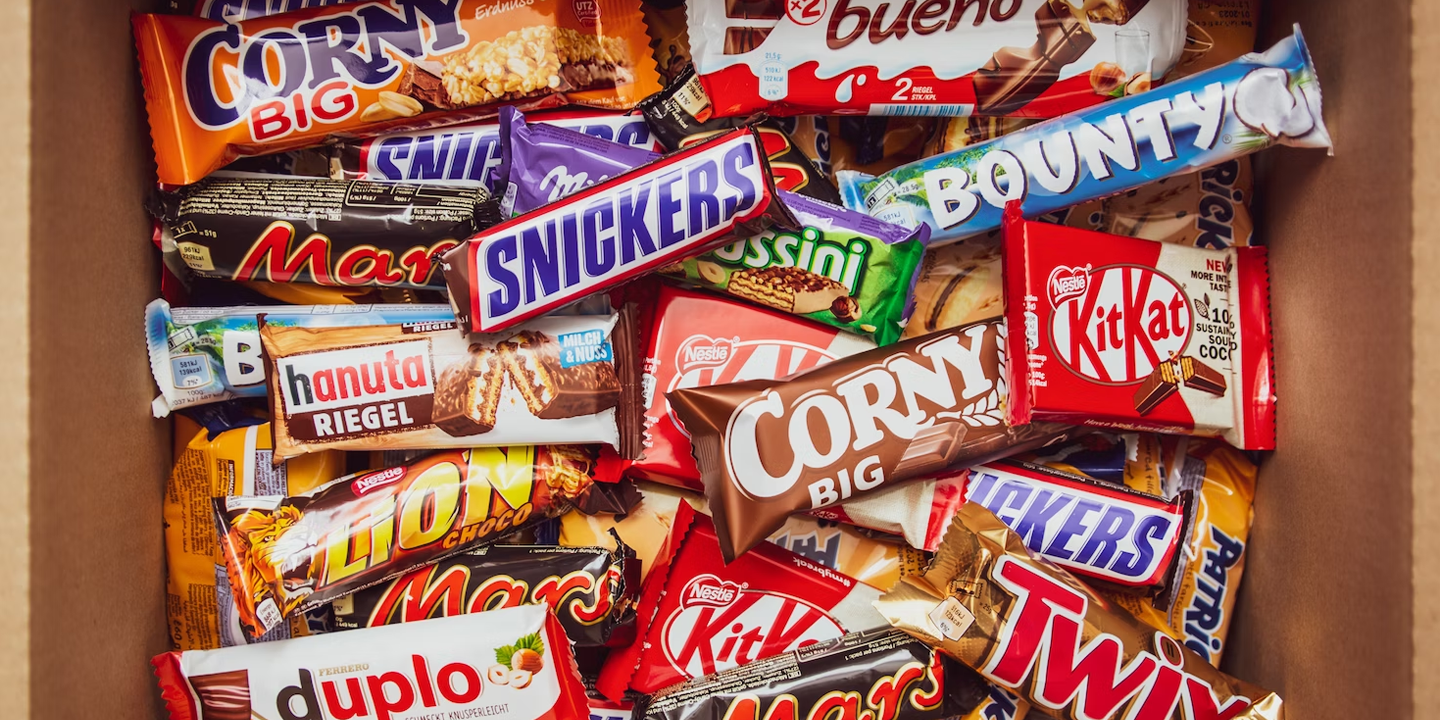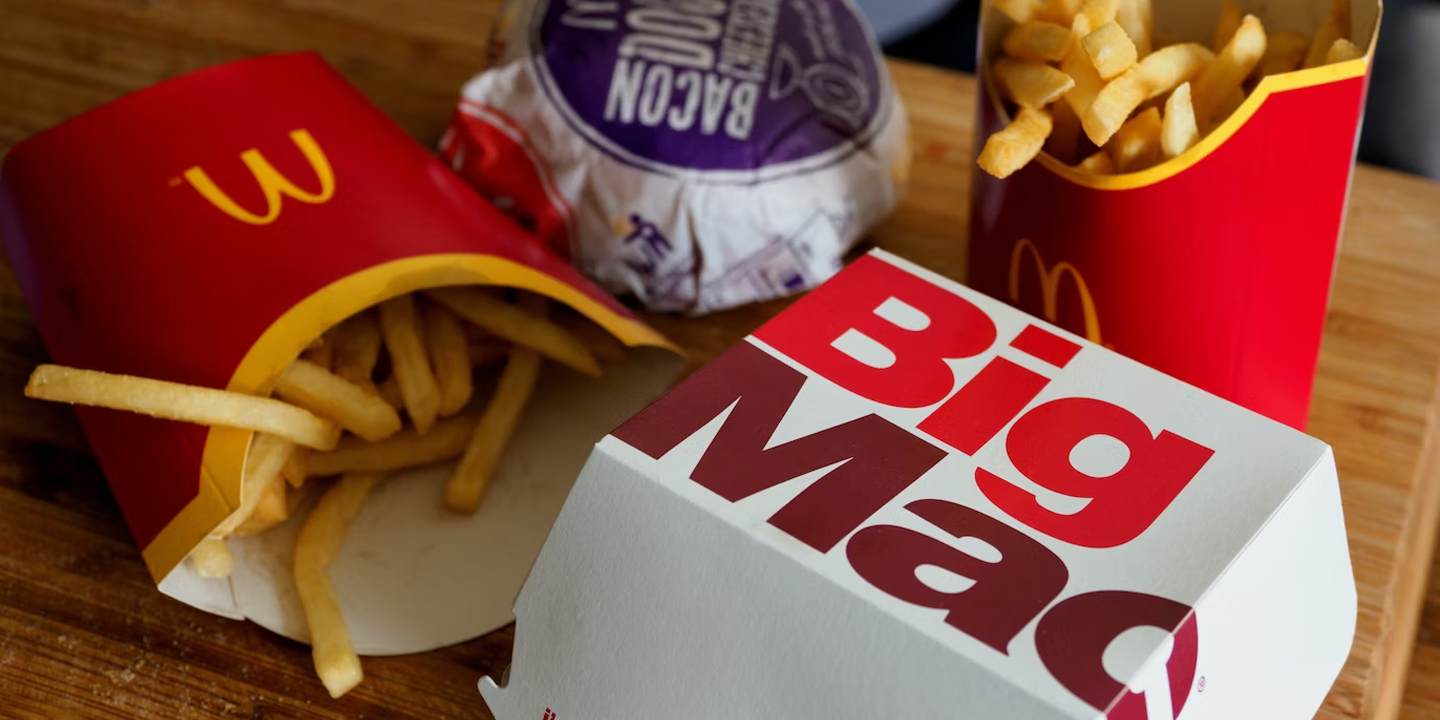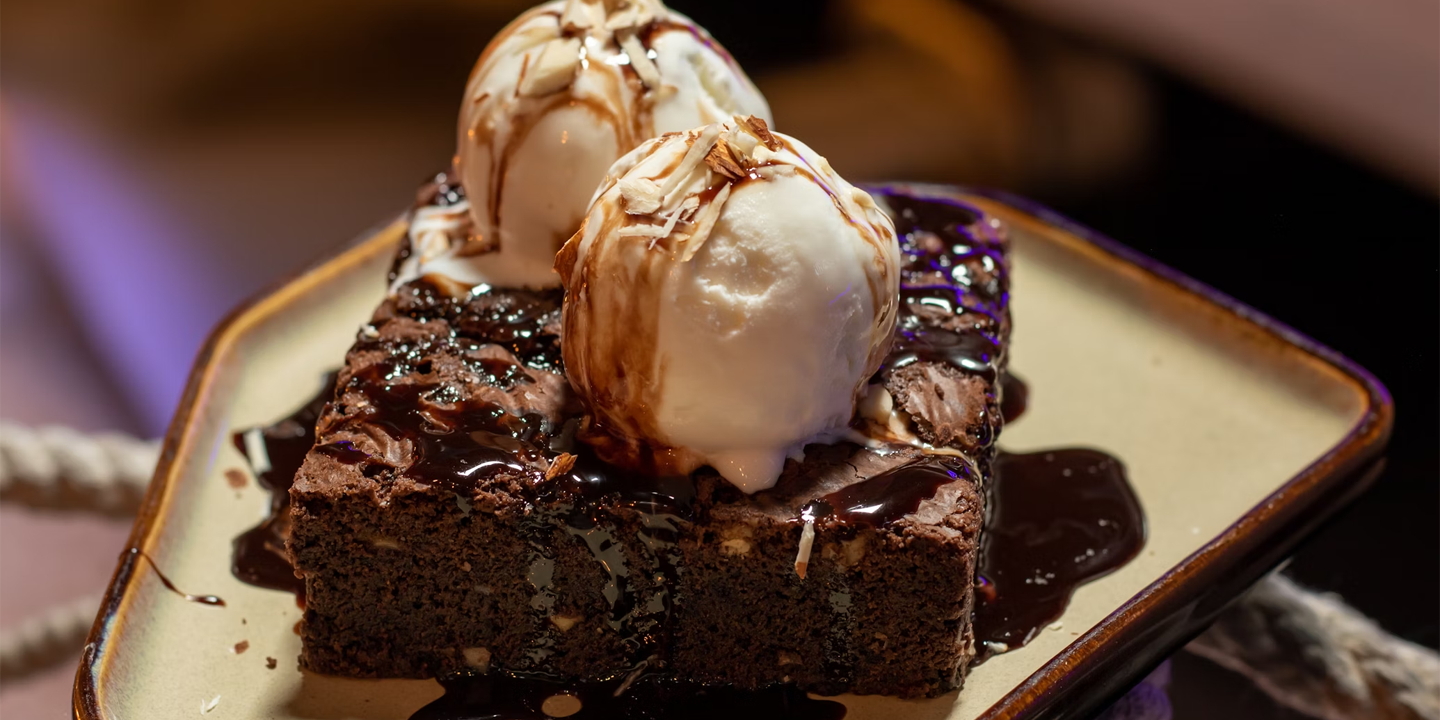Not Worth The Price
There’s nothing fancy about overpaying for food you could’ve easily made yourself. Yet somehow, prepackaged basics still fly off the shelves. Over time, even the smallest purchases become routine splurges. If you’re planning to cut back, here are 20 familiar foods that just aren’t worth the extra bucks. Making them is a breeze.
1. Sandwiches
Pre-made sandwiches often include low-quality fillings and wilted greens, sold at a premium markup. At home, freshness dominates with high-quality meats and custom spreads. Even upscale delis can’t guarantee better value than a five-minute sandwich using ingredients already in the fridge.
 Seriously Low Carb on Unsplash
Seriously Low Carb on Unsplash
2. Spaghetti And Meatballs
Mass-produced meatballs contain fillers such as breadcrumbs and extenders. Restaurants and meal kits charge steeply for this comfort classic, but the homemade version needs only pantry staples. A simple marinara simmers in under 30 minutes, and hand-shaped meatballs offer better texture.
3. Chocolate Chip Cookies
There’s a reason bakeries keep these cookies under glass. It’s a high-margin item made from ingredients most pantries already stock. Homemade versions let you balance the chewiness-to-chocolatey ratio. Store-bought cookies skimp on butter and overload on preservatives for shelf life.
4. Egg Muffins
The texture of a fresh egg muffin is incomparable to its frozen counterpart. What’s often sold as protein-packed and portable usually contains additives and stabilizers. Thankfully, mixing eggs and veggies into muffin tins takes under 10 minutes. They freeze well and reheat without compromise.
5. Granola And Snack Bars
Granola bars were designed for hikers, but now they’re overpriced supermarket staples. Prepackaged versions include cane syrup and “natural flavors,” masking cheap oats and puffed rice. At home, these bars take less than an hour to bake and maintain their nutritional value without costing $1–$3 per bar.
6. Chicken Tenders
Fast-food tenders use brines and coatings to hide dry meat. Many frozen versions list more than 20 ingredients. You can make it yourself with a quick buttermilk soak, seasoned flour, and high-heat baking preparation. You’ll get those golden tenders without additives. Use chicken thighs to reduce cost and enhance flavor.
7. Salad
The average prepackaged salad costs 200–300% more than its homemade equivalent! Yes, that’s right. Such prices cover packaging as well as production. Moreover, pre-washed greens tend to degrade faster, often becoming slimy within a day. So, chop those fresh ingredients because it doesn’t take long. You can add grains or seeds to turn it into a full meal.
8. Macaroni And Cheese
Boxed versions rely heavily on dehydrated powders and artificial colorants. But you can take the homemade route around butter, milk, real cheese, and pasta. Even a basic béchamel sauce improves this classic. Making it from scratch will surely improve the taste and satisfaction with no sodium overload.
9. Soups And Stews
Canned soup gives you convenience but at the expense of texture and flavor. Vegetables turn mushy, and broth turns metallic. Homemade soups, on the other hand, use stock instead of powder. A slow simmer extracts depth from bones and herbs. Stews, in particular, benefit from this and reward your patience with their rich taste.
10. Pancake And Waffle Mixes
Pre-mixed batters are essentially flour, baking powder, salt, and powdered milk. That’s Pantry 101. Yet they’re sold at a steep markup, often with hydrogenated oils and anti-caking agents. Your fresh batter will yield fluffier results and accommodate custom add-ins like ricotta or lemon zest.
11. Pre-Cut Fruit
You’re paying for the box and a shorter shelf life, not fresh fruits. The easiest thing you can make at home is a fruit mix. Buy some melons, apples, and mangoes. You can get about three times the volume for the same price. Cut them up, sprinkle your favorite seasoning, and voilà! Your fruit mix is ready.
12. Burrito Bowls
Fast-casual chains charge upwards of $12 for rice and toppings that cost under $3 to make at home. These bowls are just layered. At home, prep time is short, and ingredients stay fresh longer. Plus, salt and oil levels aren’t preset by the kitchen line.
13. Trail Mix Blends
Many pre-made trail mixes are padded with sugary bits: yogurt chips and even candy. Premium blends highlight the markup without improving quality. If you make your own, you can choose preferred nuts and adjust salt or sweet levels. It’s also cheaper to buy ingredients in bulk.
14. Instant Oatmeal Packs
Each flavored packet contains mostly quick-cooking oats and powdered flavoring. That’s far from hearty. Regular rolled oats cook in under five minutes and allow for real fruit or nuts without the additives. Homemade oatmeal is also richer in fiber and lets the texture and flavor shine through naturally.
15. Frozen Breakfast Burritos
Commercial versions rely on dense fillers and heavily processed meat. They often taste rubbery after microwaving. What’s the smart thing to do? Make them yourself in batches with fresh tortillas and real cheese. You can even reheat them later in a toaster oven or skillet.
16. Rice Pilaf
Boxed pilaf includes all items already in most kitchens. The seasoning packets are typically heavy on sodium and artificial flavor. When you take matters into your own hands, you can do it faster and create far richer, more balanced results. Just toast rice in butter and simmer with broth and aromatics.
17. Baked Potato Wedges
Frozen wedges come pre-fried and coated in stabilizers to maintain their crispness after thawing. But fresh russets, sliced and tossed in oil and seasoning, roast beautifully at high heat. It’ll be crisp outside, and creamy inside without the processed taste or freezer burn.
18. Pizza
It’s high time we start talking about the pre-made and frozen pizzas that cut corners with dough and toppings. Homemade dough? It requires just four ingredients and minimal handling. Get your favorite cheese and veggies and go for high-heat baking. You don’t always need a pizza stone. A hot cast-iron or baking sheet is enough.
19. Guacamole And Salsa
Packaged guacamole browns quickly and often includes citric acid or stabilizers. Salsa, too, is frequently overcooked or watery to extend its shelf life. On the other hand, fresh tomatoes, onions, lime, and avocado make a brighter product in minutes. What you need is a cutting board and a sharp knife.
20. Hummus And Dips
Store-bought hummus relies on citric acid and neutral oils to extend shelf life. These additions mute the original, nutty character of tahini and chickpeas. With just a food processor and pantry staples, you can make it at home while tweaking the seasoning and ingredients to your liking.
KEEP ON READING

The Most Popular Chocolate Bars in the USA

The Most Popular Candies in the USA

























